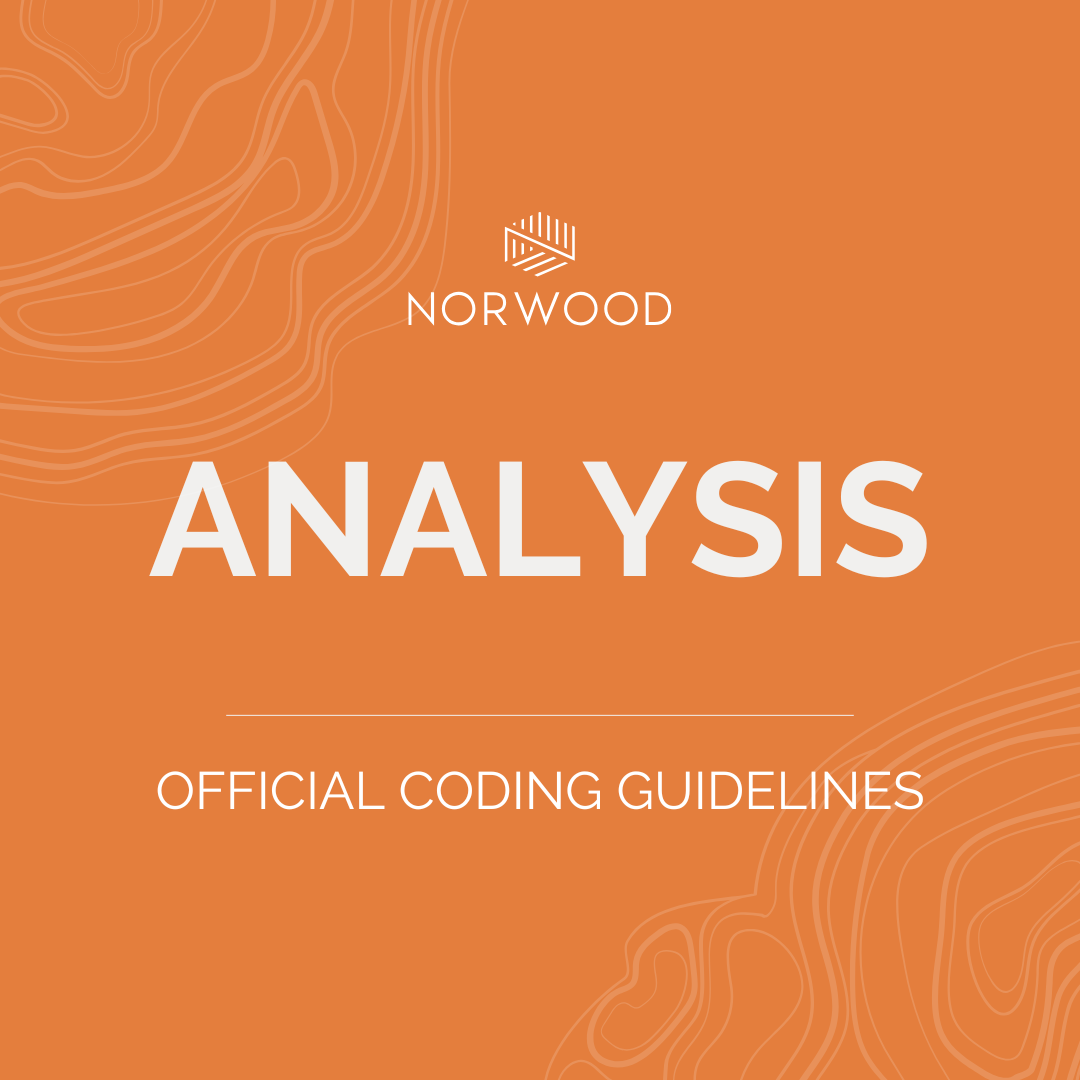
By Brian Murphy
An update to the ICD-10-CM Official Guidelines for Coding and Reporting (OCG) is out. These changes take effect April 1. I’ve provided the link below.
The following three changes are of particular importance to CDI and coding professionals. I recommend reviewing the entire document which won’t take long; as a reminder, the CDC does us a favor by bolding the changes.
COVID-19
In short, a positive lab test for COVID-19 is no longer sufficient to report the diagnosis. Per the update:
- For asymptomatic individuals who test positive for COVID-19 and there is no provider documentation of a diagnosis of COVID-19, query the provider as to whether or not the individual has COVID-19. A false positive laboratory test is possible, and it is the provider’s responsibility to confirm the diagnosis and document accordingly.
Obesity
As a reminder, the CDC effective Oct. 1, 2024, added obesity classes to E66.8 Other obesity. These include the following:
- E66.811 Obesity, class 1
- E66.812 Obesity, class 2
- E66.813 Obesity, class 3
- E66.89 Other obesity not elsewhere classified
What these new codes lacked were guidance. We have that now. The guidelines instruct coders to report class 3 obesity instead of morbid obesity (if both are documented) as the former is considered more specific. Per the new guidelines:
- The obesity class codes in subcategory E66.81, Obesity class, require a fifth character to convey the severity of obesity. The obesity class should be documented in the medical record by the provider for these codes to be assigned. The obesity class codes can be reported with other obesity codes in the classification found in Chapters 4 and 15 to fully describe the condition. However, if both class 3 obesity and morbid obesity are documented, only a code for class 3 obesity should be assigned as it is more specific.
- The obesity codes in category E66, Overweight and obesity, include codes related to the cause of obesity, such as drug-induced obesity (E66.1), and codes related to effects of obesity, such as code E66.2, Morbid (severe) obesity with alveolar hypoventilation. There are other codes related to obesity in other categories of the classification, such as E88.82, Obesity due to disruption of MC4R pathway; and codes in fifth character subcategory O99.21, Obesity complicating pregnancy, childbirth, and the puerperium.
Sepsis
Sepsis due to a postprocedural infection
For sepsis following a postprocedural wound (surgical site) infection, a code from T81.41 to T81.43, Infection following a procedure, T81.49, Infection following a procedure, other surgical site, or a code from O86.00 to O86.03, Infection of obstetric surgical wound, or code O86.09, Infection of obstetric surgical wound, other surgical site, that identifies the site of the infection should be sequenced first, if known.
What’s new here? The additions of codes T81.49 and O86.09 to the sequencing instructions.
Reference
- CDC, ICD-10-CM Official Guidelines for Coding and Reporting: ICD-10-CM April 1 FY25 Guidelines
Related News & Insights
Could AI increase clinician burnout? The answer is yes… and the solution is human beings
By Brian Murphy Could artificial intelligence (AI) increase physician burdens—and burnout? This headline from Healthcare Dive (see…
New sepsis aftercare code Z51.A: How would you assign to this clinical scenario?
By Joanne Wilson, RN, ADN, CCDS, Senior Director, Solutions We have a new ICD-10-CM code to bill…


